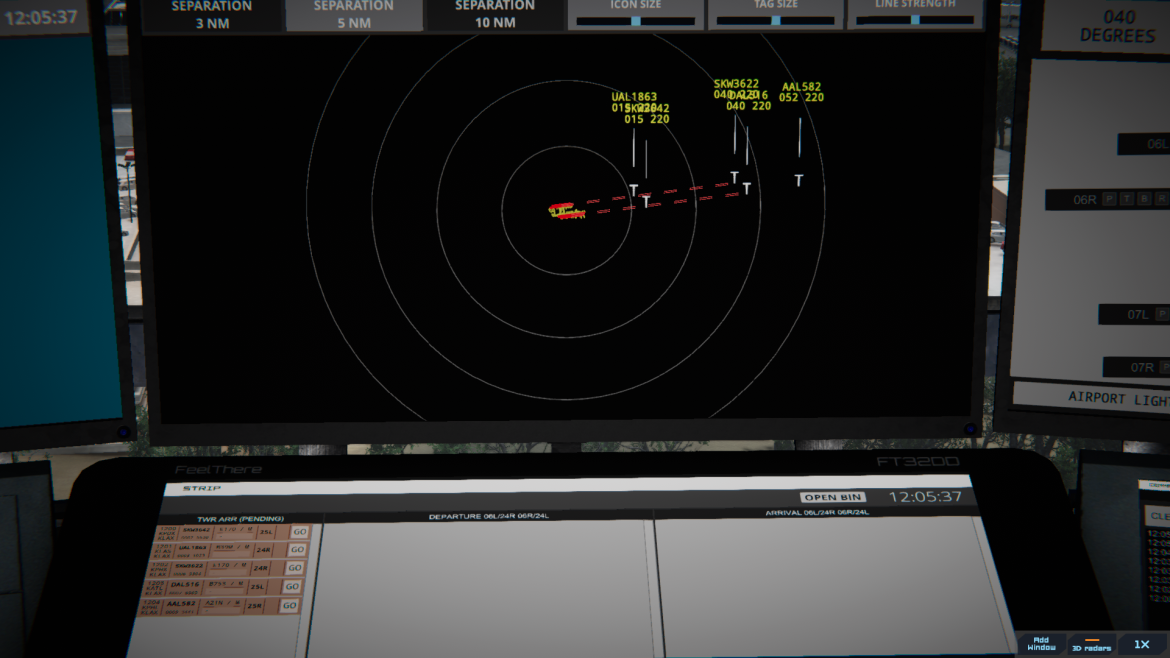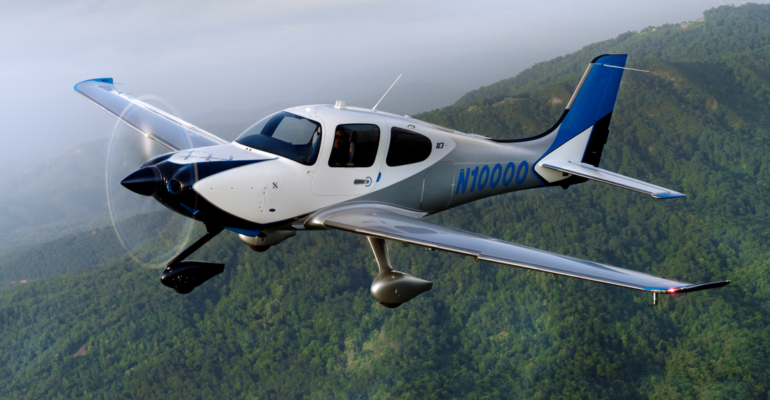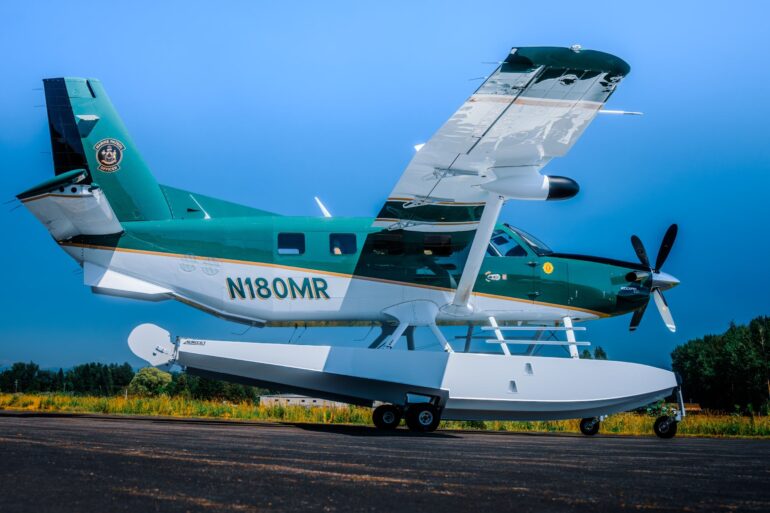-
 play_arrow
play_arrow
Sky Blue Radio KSBR - Sky Blue Radio, Denver
 Aerosmith - Love In An Elevator
The weekend
erik
Aerosmith - Love In An Elevator
The weekend
erik
 Ghost - Dance Macabre
boy tobii
Erik
Ghost - Dance Macabre
boy tobii
Erik
 Gerry Rafferty - Right Down the Line
The weekend
Gerry Rafferty - Right Down the Line
The weekend
In this review we’re going to depart from the usual Flight Simulator 2020 products’ and take a look at Feel Theres’ Tower Simulator 3. This Simulator lets you take the reins of an airport, by using your voice to direct various types of aircraft on the ground as well as in the air. The goal is pretty simple, make sure planes do what they are instructed to do to ensure a safe and steady flow of aircraft movements. Sounds simple enough. I mean, how hard could it be? So, take a back seat pilot’s it’s time for the world of Air Traffic Controllers to be in the limelight.
Before we begin, I should inform you that the version being reviewed is not that latest so some issues I mention might be fixed by the time of this posting. With that said let’s get to the initial setup of the game. Installation is straight forward and easy to understand. However, my biggest hurdle was getting the game to understand what I was saying. For two days I tried any and every possible fix in the forums, but nothing seemed to work. Then on the third day of trying the game suddenly recognized my voice commands. Hallelujah! I have no Idea what fixed it. So, I’ll just chock it up to a bug in the version I was working with. (Or a loose nut behind the wheel)
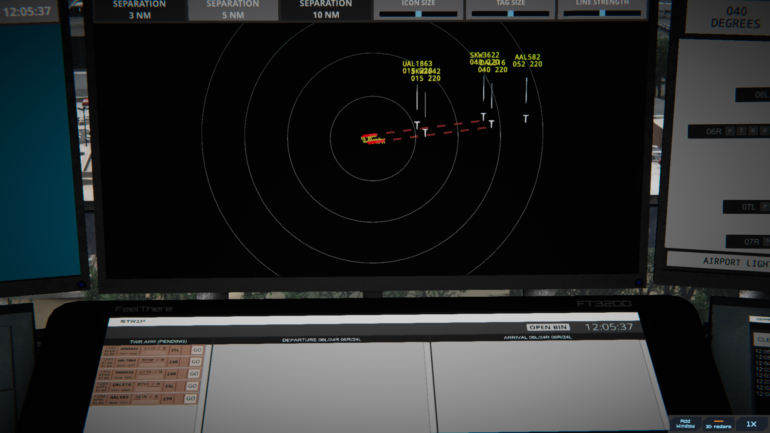
The opening screen presents you with a career mode, quick play and multiplayer options as well as your usual settings, store, etc. In career mode you ease your way into the future chaos at TIST in St.Thomas USVI. This is a great way to get your feet wet and get a rhythm. However, if you are experienced with any ATC this level will most likely put you to sleep. Once in the sim you are placed in the Tower and are presented with four monitors in front of you. From left to right there is an ADIRS ground traffic map, A radar for departing and arriving aircraft, and a Metar screen. Below that is a monitor where you keep track of your aircraft strips. All seem to be straight forward with their functionality. From there you proceed to Raleigh-Durham International for more of a challenge and multiple runways to operate. This was my favorite and most comfortable airport within my skill level. It had moments of multiple aircraft operations followed by random down times to catch your breath a bit. Next, it’s on to LaGuardia International and this is where insanity can ensue. Not only is it a busy airport with very little room for error, but there are multiple runways in different directions with numerous intersecting taxiways.
I found myself starting to feel overwhelmed from my lack of control at this point as sweat started to bead on my forehead. The stress was real. Finally, we move on to the last psychological torture test with Los Angeles International. If the La Guardia was stressing you out, then LAX will make you want to drive your head through a brick wall. You’re responsible for two arrival runways and two departure runways along with ground operations. I did NOT last long on this level.
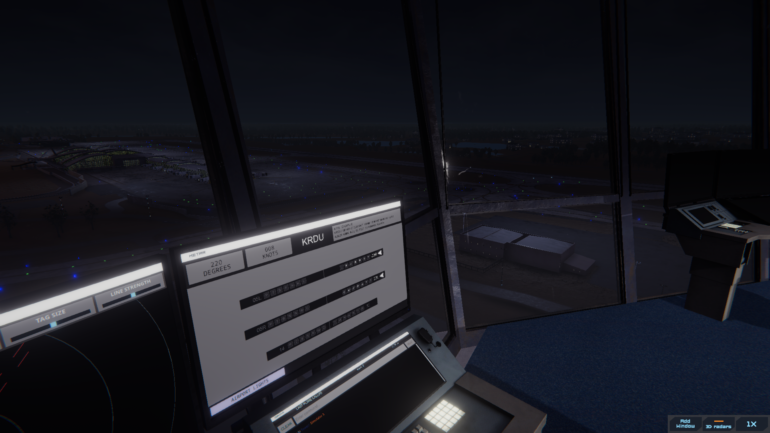
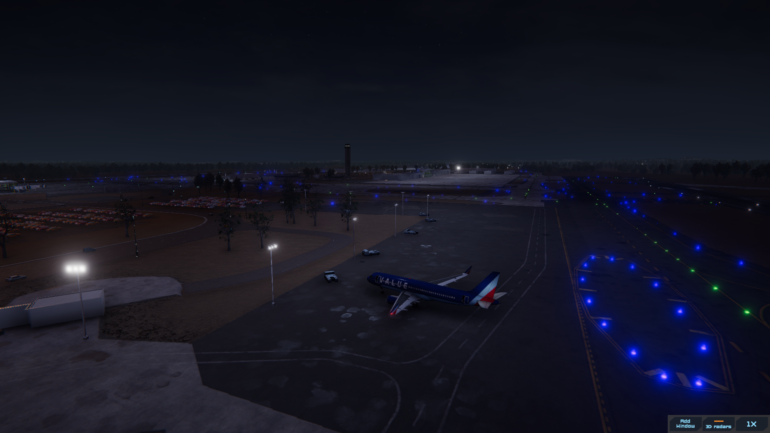
Overall, the experience was enjoyable up to a point for me, but more experienced users will love the challenge of the busier airports. I found myself spending most of my time on the quick play option where you can customize your experience. You can select location, weather, and traffic density which allowed me to take more of a baby step approach the sim.
The multiplayer option takes this sim up a notch. You’re given the ability to split the duties between ground and tower operations as well as hand off aircraft to different frequencies. Communication was never lost or dropped between players. It can be quite fun. However, there were some problems that arose. At LAX for example, the aircraft stopped listening to commands after extended periods of play. This in turn caused massive groupings of aircraft waiting on various taxiways. Eventually you lose track of aircraft request and the whole operation is stuck. There were also random instances where a plane had to be removed manually after reading back correct transmissions but not moving. But keep in mind this is a review of an older version so these issues might be resolved. I totally understand getting voice recognition to interact with a game such as this can be quite a task.
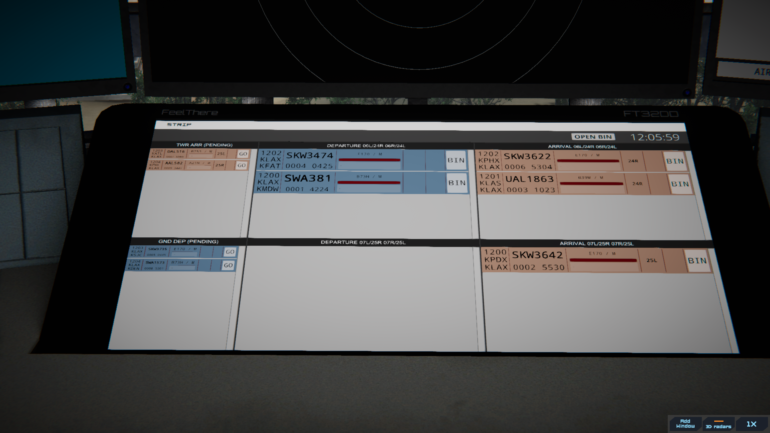
Something I really appreciate in this sim is the addition of the human factor. There are occasions where a pilot will not follow the instructions that were given. For example, I had an aircraft turn down the wrong taxiway. After seeing this, I gave different instructions for the taxiing aircraft that were in turn, followed correctly. There is also the occasional aircraft that will not hold short before crossing a runway, a landing aircraft that wasn’t cleared to land, and a slap on the wrist for not handing off departing aircraft to departure. The pilot’s voices vary as well. There are slower talkers, faster talkers, and foreign accents which can add to complications of pushing tin.
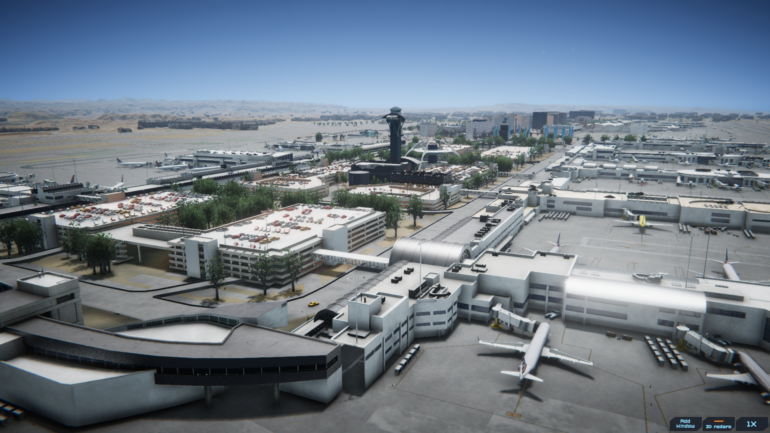
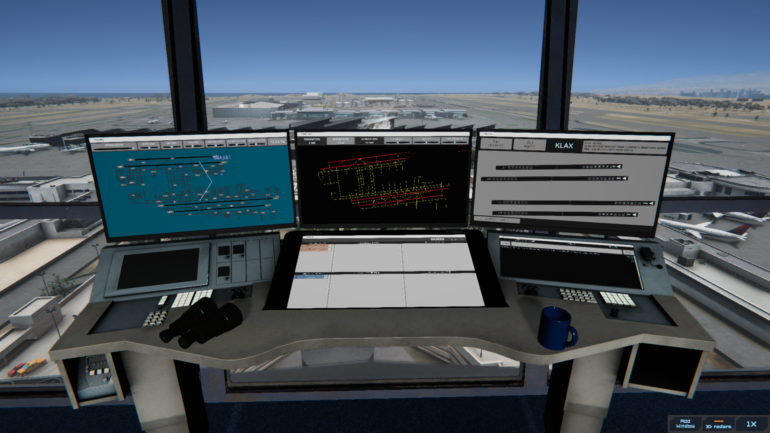
Some negative experiences that kept creeping up were various communication issues. There are times when you have to really slow down your talking when issuing instructions. Sometimes it’s very random and other times it can seem constant. But once again, this is a review of an older version so some of these technical issues might very well be resolved. Tower Simulator 3 is one of those games that make you feel like you put in an honest day’s
work. Challenging, fun and frustrating all at the same time. It’s a good simulator that with given updates, improvements, and time, I believe will evolve into a great simulator.
Regan
regan@skyblueradio (dot)) com
Written by: JT
ATC Feel There Tower Sim 3 Wilco
Similar posts
Copyright @skyblueradio


